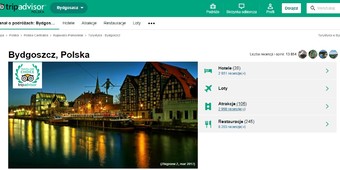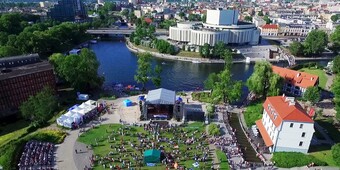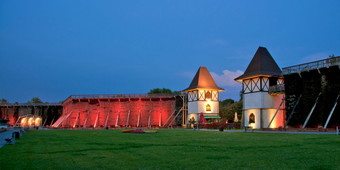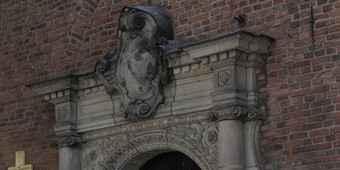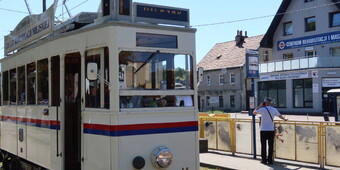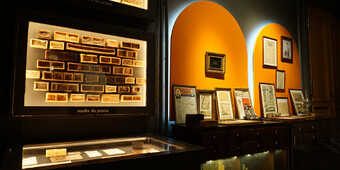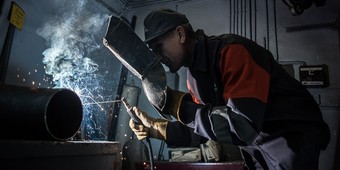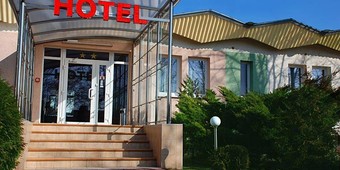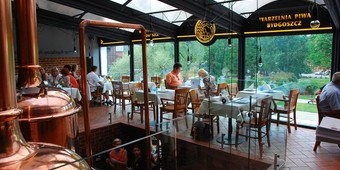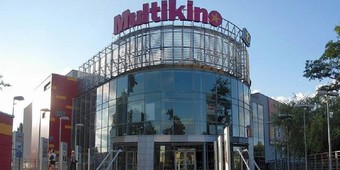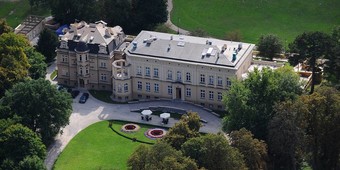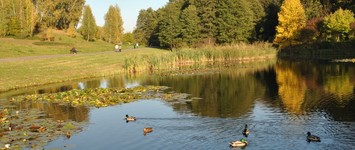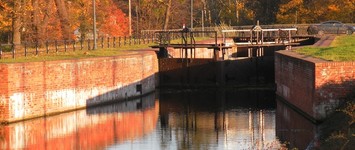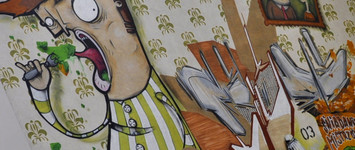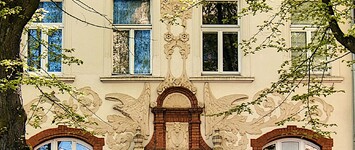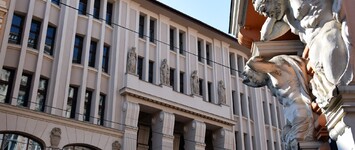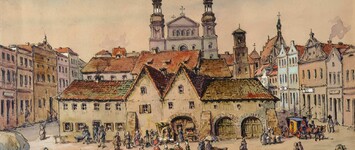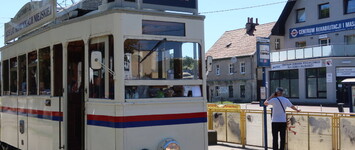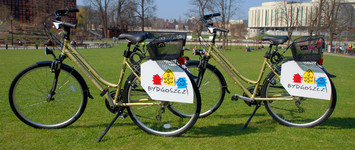We encourage you to take a walk along the oldest part of the city, founded on the Brda River in the 14th century. During the walk of about 2 hours you will get to know the oldest monuments in Bydgoszcz as well as completely new tourist attractions of the city.
See the Old Town - Time: about 2 hours
We start sightseeing of the Old Town in the Old Market Square in front of the Bydgoszcz Land Fight and Martyrdom Monument (1) placed here in 1969 (designed by Franciszek Masiak). The monument commemorates the casualties of the Nazi terror, especially the residents of Bydgoszcz who were executed in this place by firing squad on the first days of the Second World War.
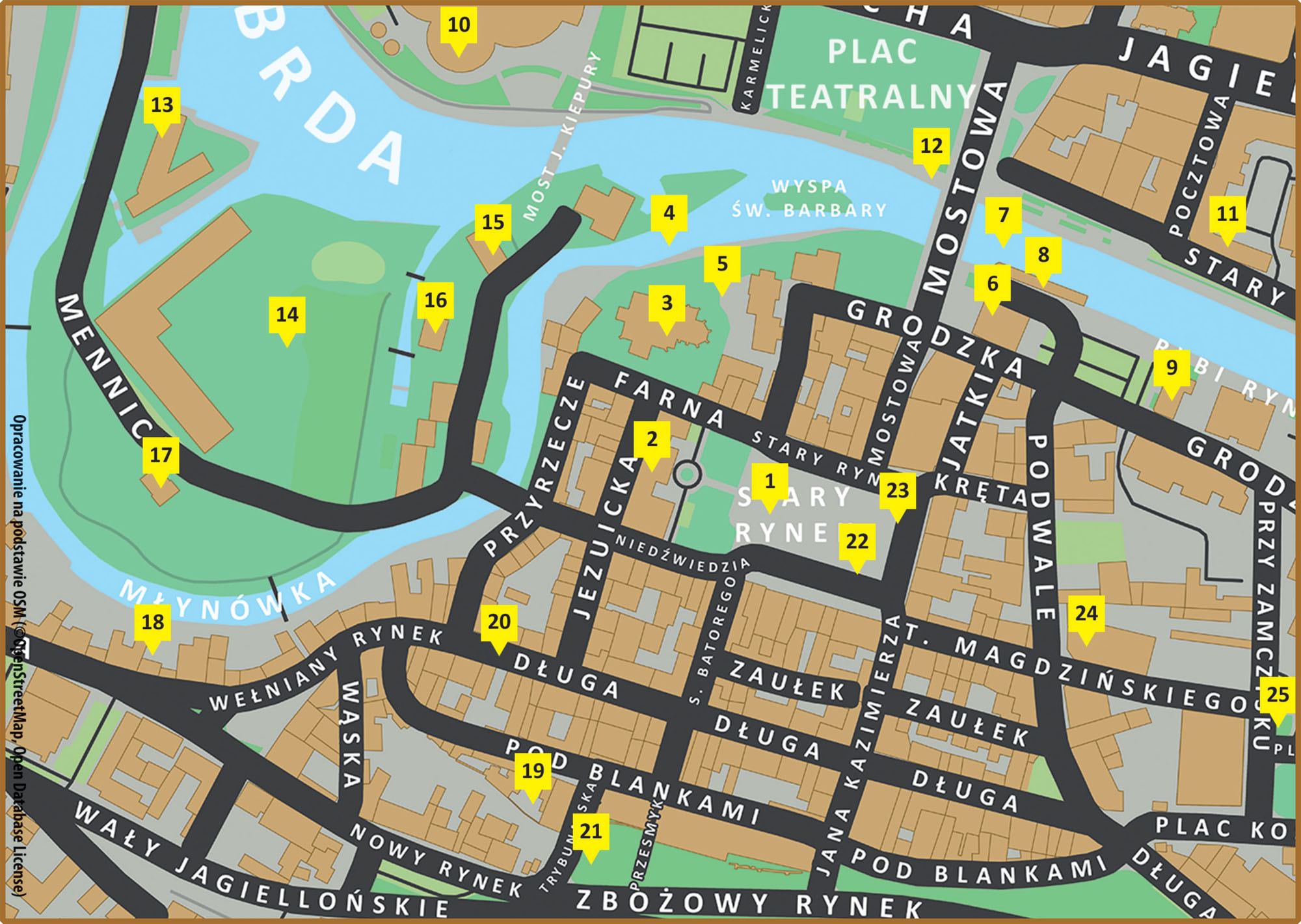
Old Market Square
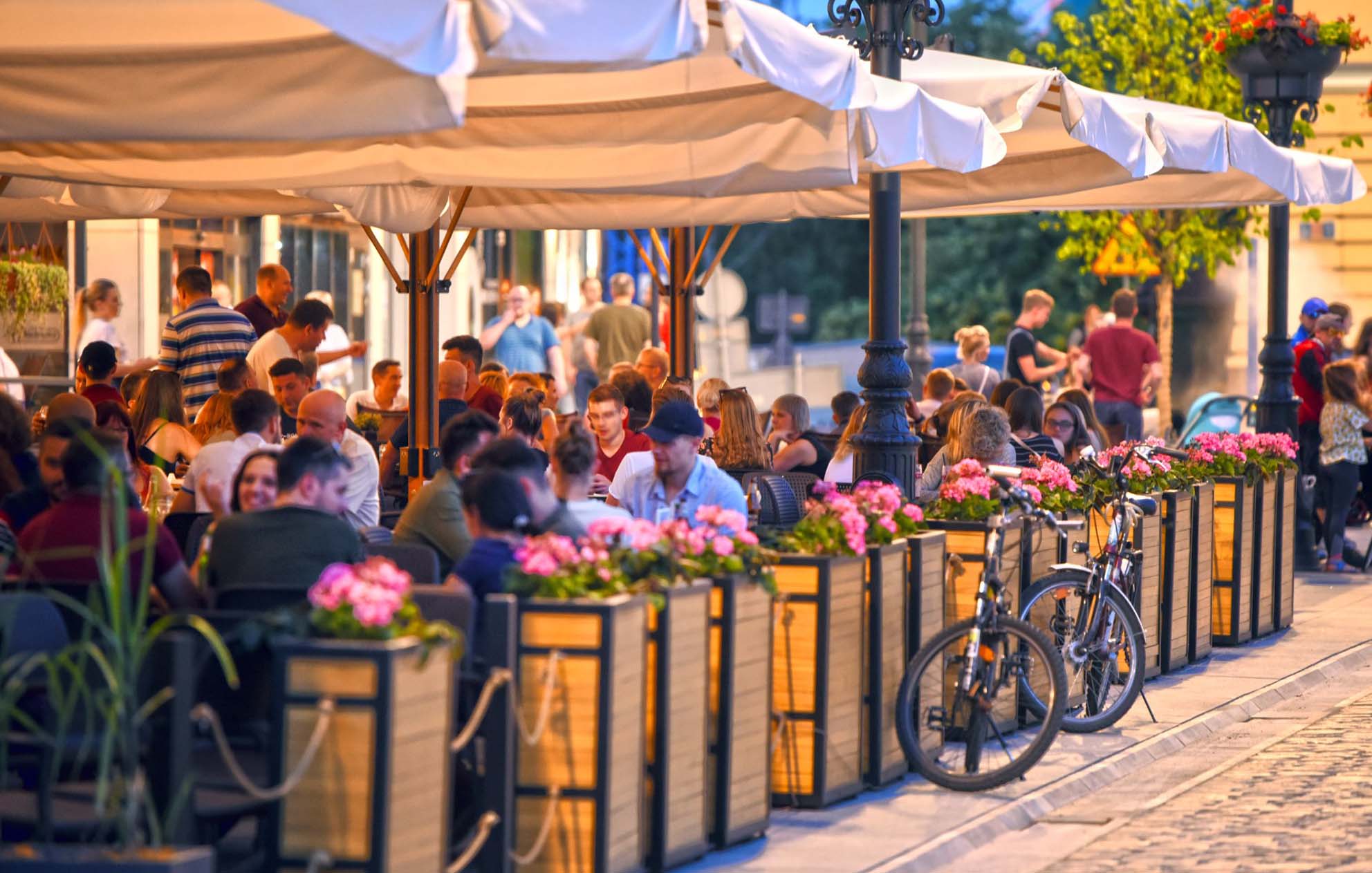 The city’s central square was marked out in the year 1346, when the city was founded by King Casimir the Great, and its present-day buildings date back mainly to the 20th century. From in front of the monument we go along Farna Street towards the oldest church in Bydgoszcz, the Cathedral of Saints Martin and Nicholas (3). En route we pass the oldest pharmacy in Bydgoszcz – ”Under the Golden Eagle” at 1 Stary Rynek Street – and a grand edifice of the old Jesuit college from the 17th century, presently the City Hall (2). We enter the cathedral through 500-kg bronze doors on the ground floor of the church basement.
The city’s central square was marked out in the year 1346, when the city was founded by King Casimir the Great, and its present-day buildings date back mainly to the 20th century. From in front of the monument we go along Farna Street towards the oldest church in Bydgoszcz, the Cathedral of Saints Martin and Nicholas (3). En route we pass the oldest pharmacy in Bydgoszcz – ”Under the Golden Eagle” at 1 Stary Rynek Street – and a grand edifice of the old Jesuit college from the 17th century, presently the City Hall (2). We enter the cathedral through 500-kg bronze doors on the ground floor of the church basement.Did you know that....
At the beginning of the Second World War, the old Jesuit Church of St Ignatius of Loyola still stood in the Old Market Square. Legend has it that one of the victims of the Nazi terror, while dying, leaned against one of the church walls. The trace of the hand remained and it could not be removed, that’s why the German occupants decided to demolish the church.
Cathedral by the river
Going around the cathedral, it is worthwhile paying attention to the Farny Weir (4), i.e. the place where the River Młynówka, flowing around Mill Island (14), falls into the River Brda. The present-day building of the Small Hydroelectric Power Plant, standing by the weir, is an old groat mill. In the vicinity, between yews, a bright observer will notice the freestanding sculpture of St John Nepomucene (5) from the 18th century, a saint who was to protect against flood.
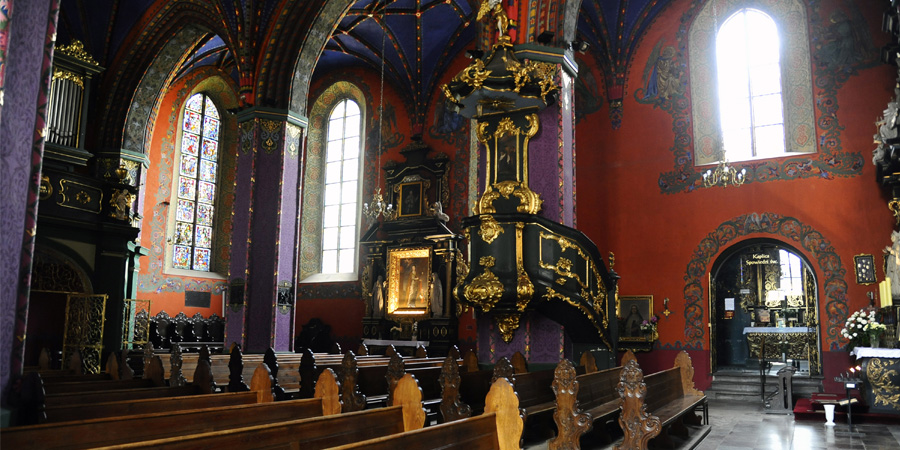
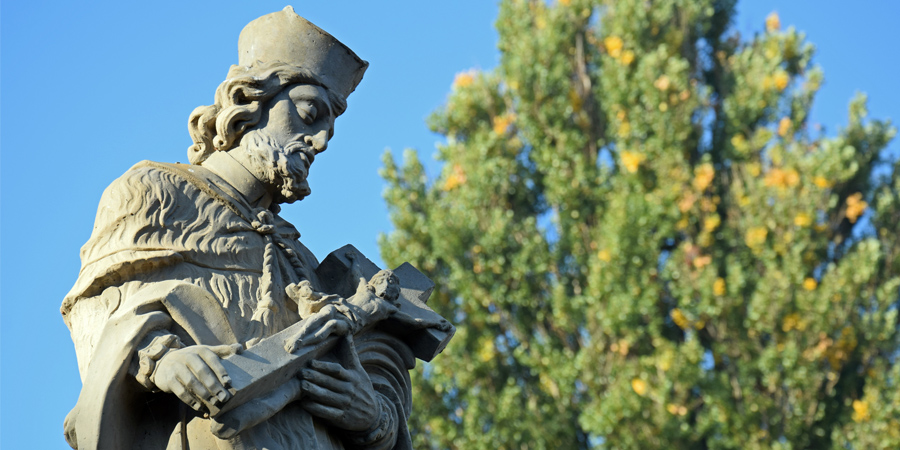
Did you know that...
The sculpture of St John Nepomucene, located by the cathedral, is the oldest sculpture in Bydgoszcz, and one of the oldest freestanding sculptures of the saint.
Old Granaries
Going along the river, we reach Mostowa Street. After a few moments, we will be able to see the city’s official symbol, i.e. three half-timbered granaries (6) from the turn of the 19th century, scenically located on the River Brda. In the past, these were among many grain storehouses in the city; nowadays they belong to the Leon Wyczółkowski District Museum. In front of the main entrance to the building is a model of old Bydgoszcz. Looking at it, we can see several now non-existent buildings, including the City Hall and Jesuit Church in the Old Market Square, the little Romanesque Church of St Giles, city gateways, and Bydgoszcz castle, which was destroyed during the Swedish Deluge. Now we go towards the Jerzy Sulima-Kamiński Bridge, where we stop for a while to look at the eagerly photographed panorama of Bydgoszcz.
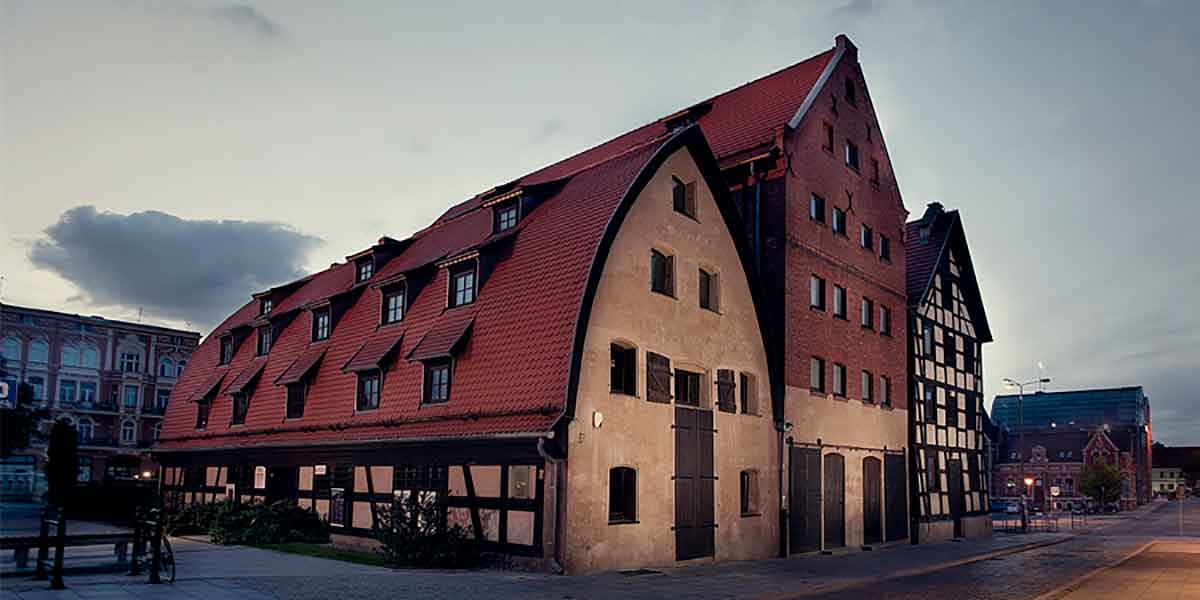
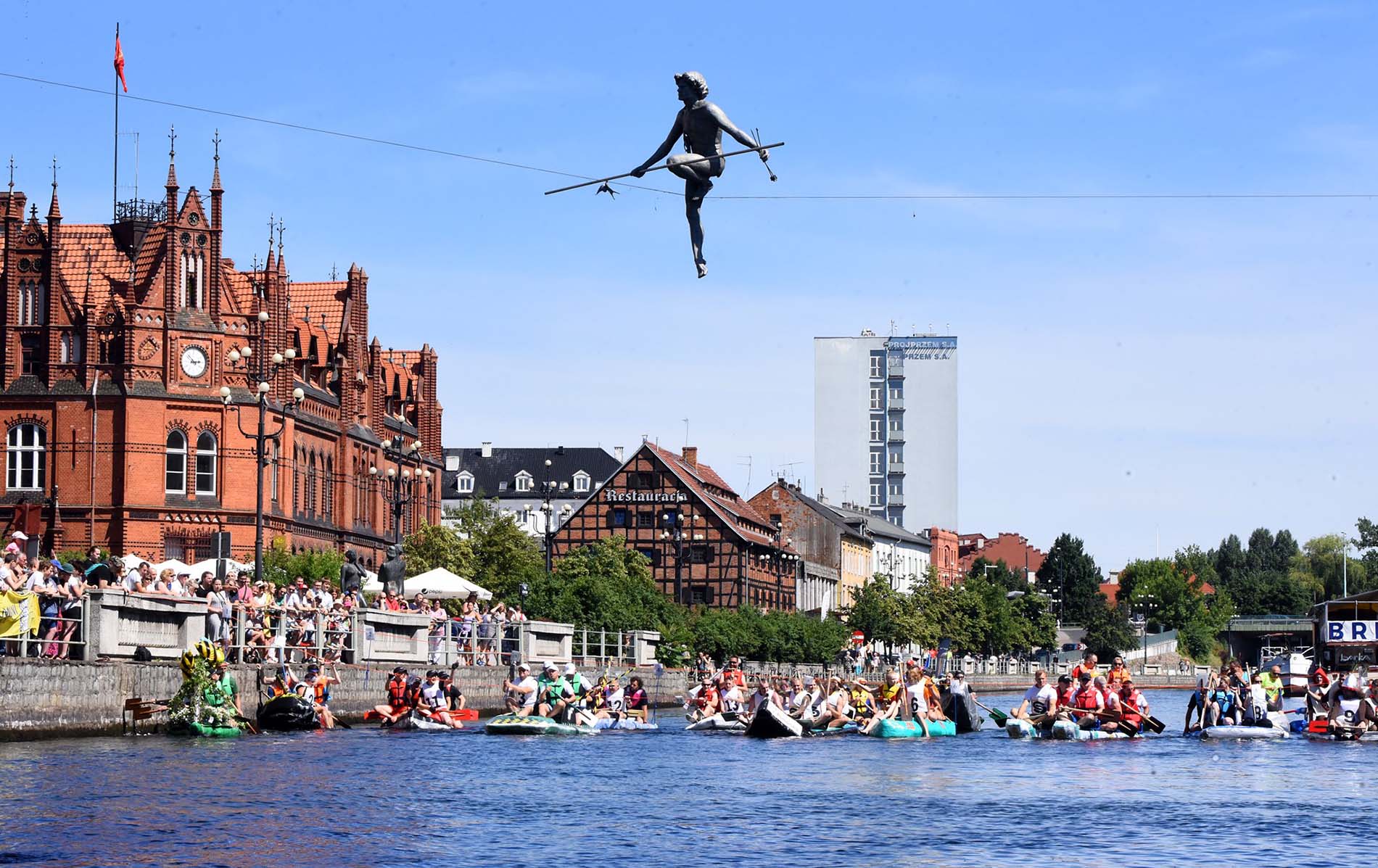
Did you know that...
A replica of Bydgoszcz castle is located by the main entrance of the BREBank in Grodzka Street. It was near this place that the stately Bydgoszcz castle surrounded with a moat was located. Legend has it that centuries ago a cruel castellan lived here with his gorgeous daughter, Angelica. The father was so afraid of the girl’s soon-to-happen marriage that he had her kept in the castle tower day and night. One day, Angelica fell in love with one of her father’s prisoners – prince Jarosław, whom she set free, ignoring the father’s anger. Two days later, Jarosław returned for his love. A cruel fight ensued, during which the young man was killed by a knight wearing a black visor. Eager to avenge his death, Angelica dealt a blow on the back of the mysterious soldier. When the black knight dropped dead, the girl removed his visor; it turned out that it was her father. In despair because of her deed, she plunged into the River Brda. Since that moment, she would return to the castle as a ghost each night to look for her love and her father in the rooms.
Along the boulevards
Going down the bridge stairs to the boulevard, it is worthwhile looking at the richness of neo-baroque forms on the corner tenement house at 1-3 Stary Port Street – the work of the famous builder of Bydgoszcz, Józef Święcicki. On the boulevard we turn right and go along the River Brda towards the monumental edifice of the Opera Nova (10).
On the boulevard on the Brda River, we can admire the Rafter sculpture (12) (designed by Michat Kubiak), which refers to the city’s water traditions.
Mill Island - a green enclave in the heart of a vibrant city
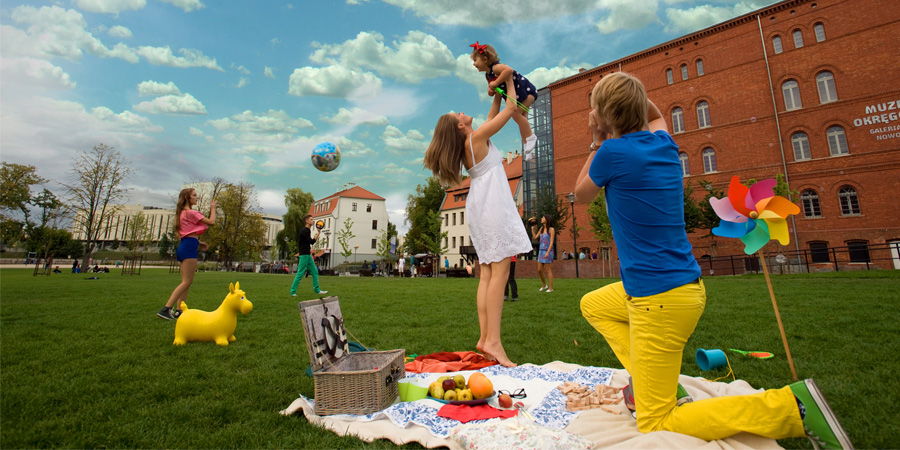

Did you know that...
100 ducats of Sigismund III Vasa minted in Bydgoszcz in 1621 is one of the most beautiful and precious coins in the history of Europe. In 2008, at an auction in New York, a ducat of Sigismund III was sold for an astronomical amount of 1,380,000 dollars, which to this day makes it the most expensive Polish coin in history.
The central part of the Bydgoszcz island is occupied by a complex of mills dating back from 1848-1849, i.e. the huge Rother’s Mills. The scenic yellow building, located opposite them, is nowadays the House of Leon Wyczółkowski (17), where one can admire paintings, graphics, and the studio of the patron of the museum in Bydgoszcz. Now, we go to the other side of the street called Mennica (Mint), towards the tenement houses on the swift current of the River Młynówka. These buildings, once showing up almost straight from the water, are called the Bydgoszcz Venice (18). In the past, rich burghers used to build their workshops and plants here, e.g. dye-houses, distilleries, sawmill, and a bathhouse operated here. First across the footbridge over the River Młynówka, and then along the corridor between tenement houses we reach Długa Street (the former Platea Longa), the most important track of medieval Bydgoszcz, which now is 640 metres long.
Długa street - autographs and a unique museum
Did you know that...
In Wełniany Square once was the Poznań Gateway, where the city executioner lived. The city executioner was friends with a certain poor tailor named Janek. One day, the young man walking with his beloved met a rich merchant, who fell in love with Janek’s sweetheart and promised to shower her and her family with riches if she married him. Tailor Janek was so irritated with this daring proposal of the stranger that he went after him with fists. After this incident, Janek was captured and sentenced to death. The executioner, who felt sorry for his young friend, decided to help him. They agreed that before going to the market square the executioner would loosen his irons so that Janek could run away in the direction of the Poznań Gateway, which was not guarded on this day. Everything went as planned. The tailor’s love waited for him by the gateway, and together they disappeared in the mist. People were shouting “Catch him, catch him”, and the place where the two lovers disappeared without a trace is nowadays the little lane named Chwytowo (from the Polish verb ”chwytać” = English “catch”).
Let’s look now at the tenement house in 4 Wełniany Rynek – watchful onlookers will see a cannonball between the windows of the second floor; most probably this is a reminder of the Kościuszko Insurrection in 1794.

We go back to Długa Street. Walking amidst stylish tenement houses, mainly from the late 18th and early 19th centuries, one can feel the atmosphere of old Bydgoszcz, though the merchant’s major road had lost its position as the city’s trade centre. It is worthwhile visiting the exceptional Museum of Soap and History of Dirt (20) at number 13-17, and stopping by the 18th-century tenement house at number 22, the birthplace of painter Maksymilian Piotrowski (1813-1875), professor of the Academy of Fine Arts in Królewiec (Konigsberg). In the same building, as legend has it, King John III Sobieski stayed in 1676 during his journey by the River Vistula to Gdańsk. From the side of its backyard, the tenement house has extremely interesting two-storey cellars. In the area of Batorego Street, we turn right, going towards the monument to Casimir the Great (21).
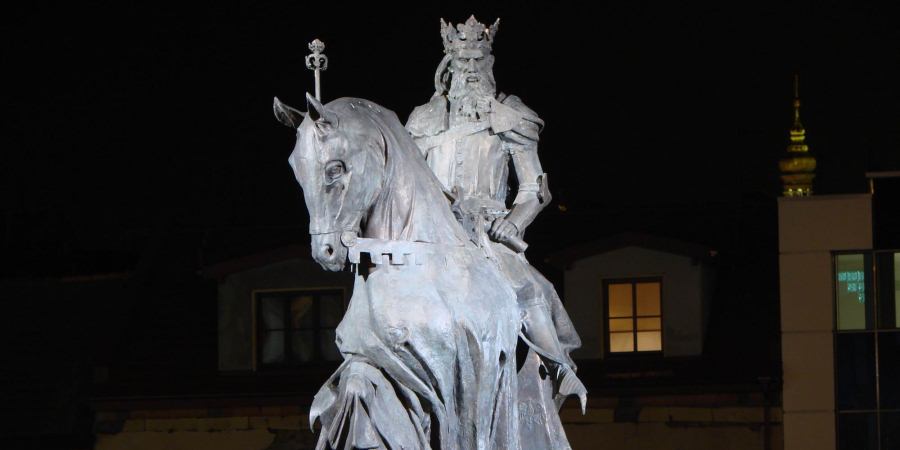 One of the most eminent monarchs in the history of Poland looks at us with authority, holding in his left hand a scroll – the foundation charter of Bydgoszcz. The monument was placed here in 2006 (designed by Mariusz Białecki). The monumental edifice of the District Court built in 1906 soars behind our backs. On the right-hand side of the monument, between the tenement houses, is a bewitching half-timbered granary from the 19th century, which is occupied by the Orthodox Church of St Nicholas. It is worthwhile going in this direction to see the remains of walls surrounding the city from the south in the past. There is also the only partially preserved tower (19) of the old fortifications.
One of the most eminent monarchs in the history of Poland looks at us with authority, holding in his left hand a scroll – the foundation charter of Bydgoszcz. The monument was placed here in 2006 (designed by Mariusz Białecki). The monumental edifice of the District Court built in 1906 soars behind our backs. On the right-hand side of the monument, between the tenement houses, is a bewitching half-timbered granary from the 19th century, which is occupied by the Orthodox Church of St Nicholas. It is worthwhile going in this direction to see the remains of walls surrounding the city from the south in the past. There is also the only partially preserved tower (19) of the old fortifications. We return again to Długa Street, turn left and go towards the intersection with Jana Kazimierza Street. In the area of the seat of the authorities of Bydgoszcz, located on the left-hand side, it is worthwhile looking down. Under our feet we see the Bydgoszcz Autographs, i.e. signatures of people, who have made a special contribution to the city. Such famous people as Zbigniew Boniek, Irena Santor and Jan Kulczyk have their plaques here. Looking at the next autographs, we reach the intersection with Jana Kazimierza Street, where we see an old orange tram from 1955, now a seasonal tourist information centre. It is hard to believe now that in the past trams used to run along Długa Street: “red” and “green” line trams. On the southern end of Jana Kazimierza Street, there is a boulder commemorating the Bydgoszcz Jews. The boulder is located right on the site of a monumental synagogue from 1882 (designed by Albert Muttray), dismantled by the Nazis in 1939.
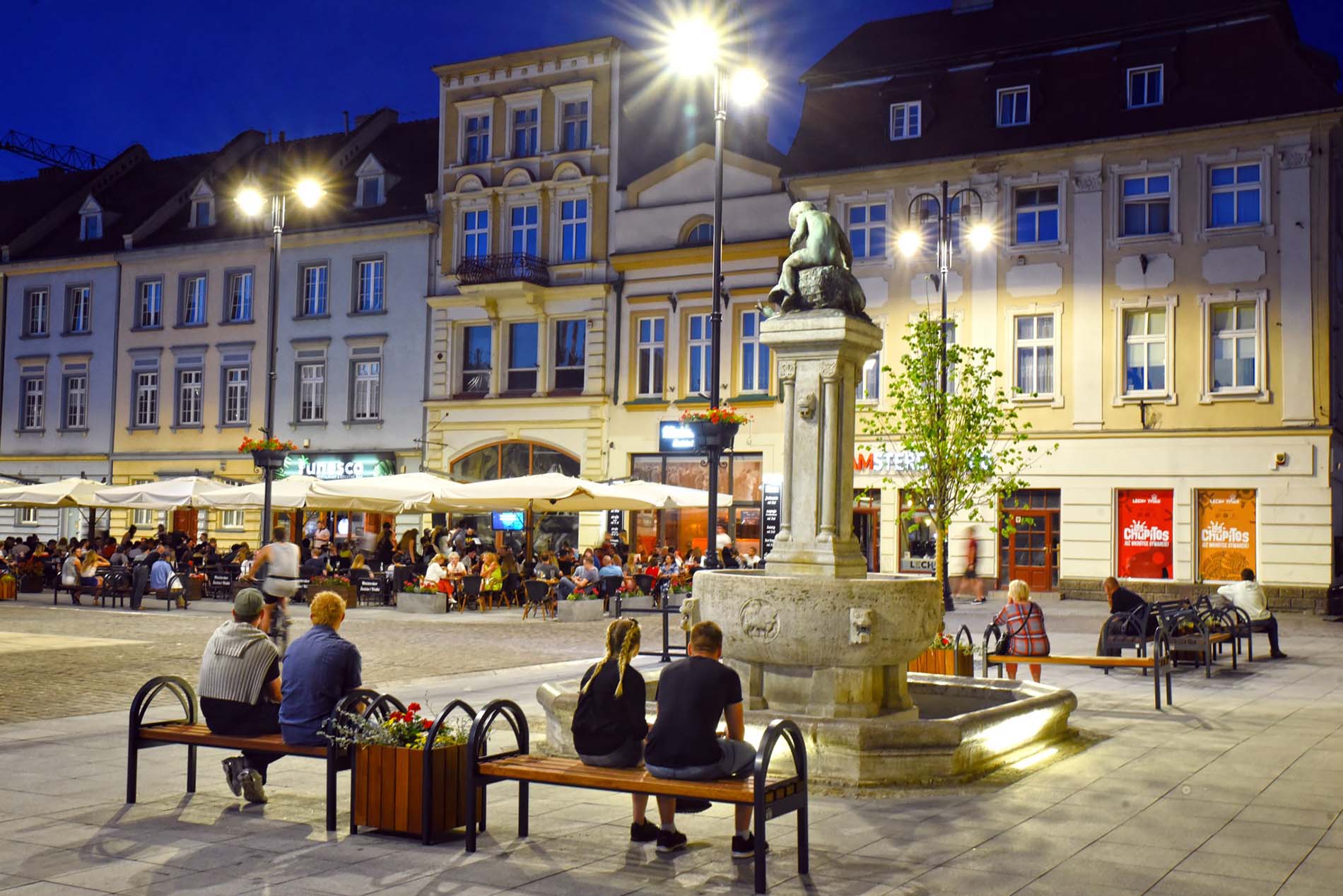
Now we go along Jana Kazimierza Street towards the Old Market Square. The western side of the Market Square is occupied by the classicist edifice of the Dr Witold Bełza Provincial and Municipal Public Library, erected in the 18th century for the Prussian administration. Collections of the library that used to belong to the Bydgoszcz Bernardine monastery are kept in the building. This is the city’s oldest preserved book collection, whose origins date back to the late 15th century. In front of the main entrance to the library, is the bewitching sculpture-fountain ”Children playing with a goose” (22) – a work by Karl P. Kowalczewski, which has adorned the Old Market Square since 1909. Originally, the fountain was located in front of the Pharmacy under the “Golden Eagle”, because it was funded by its owners, the Kupffender family, on the centennial of their pharmacy. Down Magdzińskiego Street we go towards the historical covered market (24) opened in 1906 (to a design by the Berlin company of architects Boswau & Knauer). Above the entrance to the covered market, there is the city’s impressive coat of arms, while inside the steel structure is an interesting roof. Meat, fish, crayfish and seafood used to be sold here. The viewing axis from the Old Market Square via Magdzińskiego Street is closed by the neo-Gothic Church of St Andrew Bobola (25) with a slender clock tower, dominating Kościeleckich Square. The church, designed by Berlin architect Heinrich Seeling, was erected for the Bydgoszcz Protestants in 1903. Quite surprising is the fact that these days the Jesuit church still remains the highest (75 m) building in Bydgoszcz.
From in front of the covered market we go down Podwale Street (on the site of an old moat) towards Rybi Rynek (Fish Market Square). We turn into Kręta Street, running slightly uphill, which leads us again to the Old Market Square. At 3 Kręta Street, there is an interesting brick building, in the past a part of Herman Franke’s industrial complex, nowadays the famous music club “Eljazz”. The entrance steps are covered with notes – the score of the jazz standard Seven steps to heaven by Miles Davis (for the needs of the steps to the club changed into Three steps to heaven).









